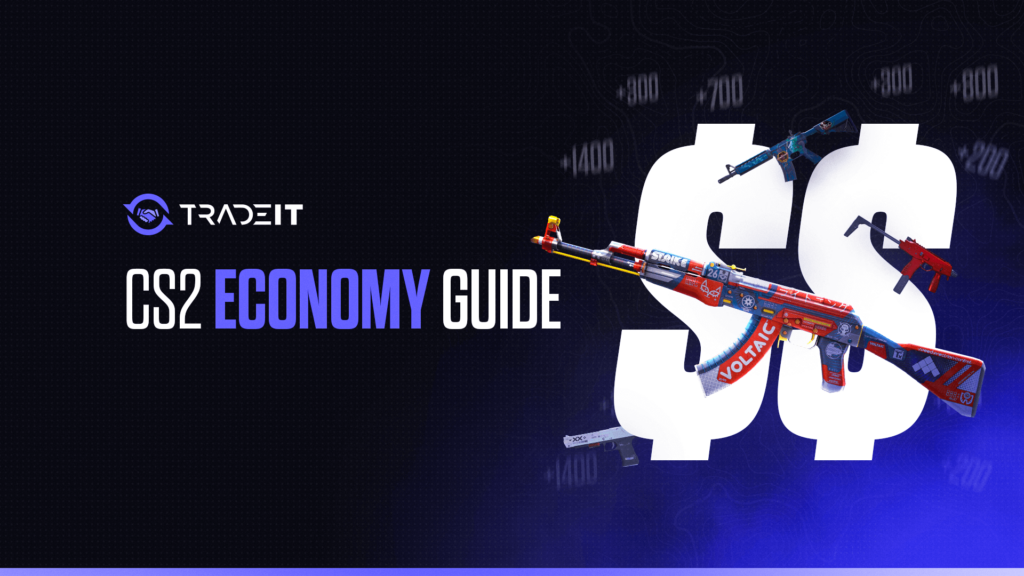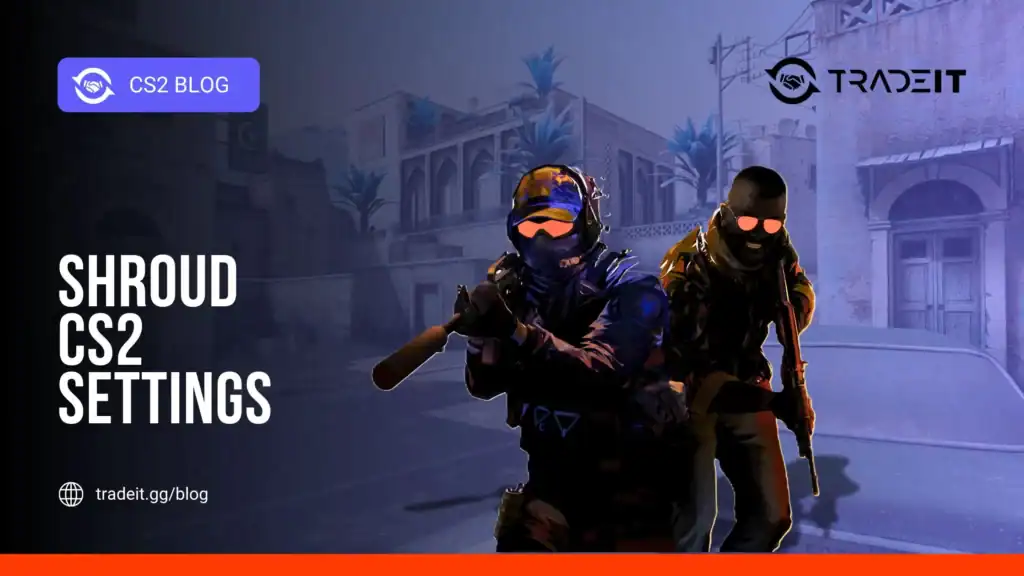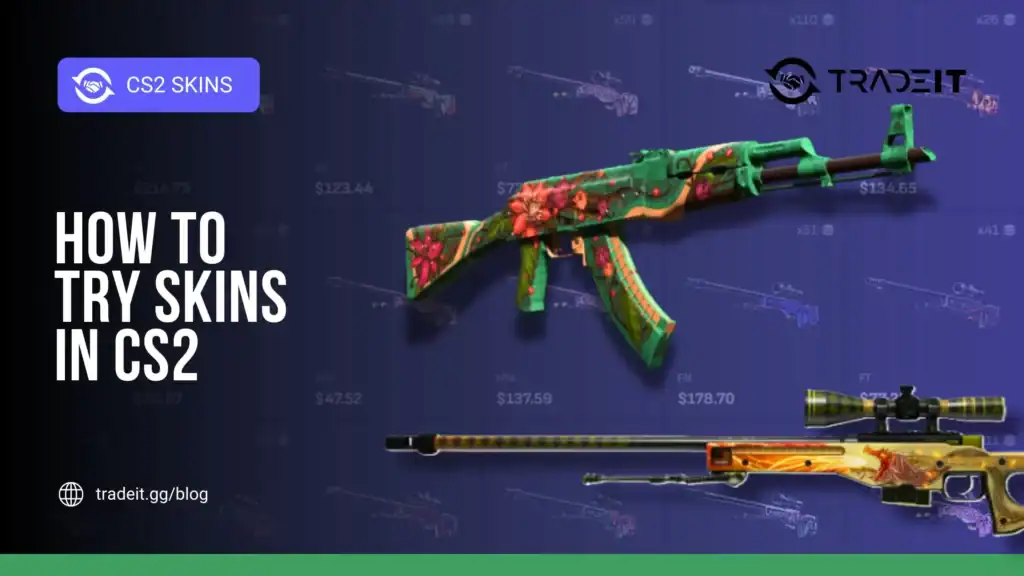You might already know how crucial it is to get the most out of your in-game cash, but let’s break it down into how I’ve personally learned to handle this CS2 economy system effectively.
1. Round Rewards is the Foundation of CS2 Economy
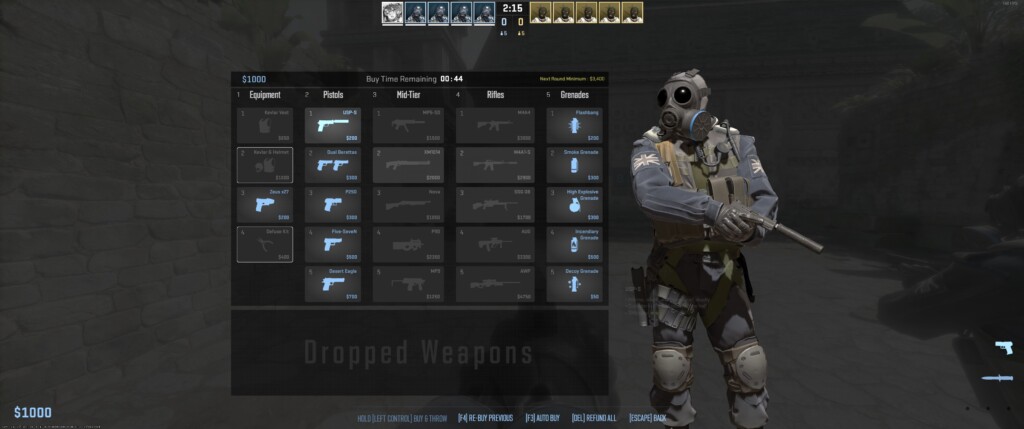
At the end of every round, you and your teammates earn money based on what happened in that round. This is your base income to start building your economy. Here’s the breakdown:
- Win a round: $3250 for everyone
- Lose a round: $1400, increasing by $500 per consecutive loss (up to $3400)
- Bomb plant or defuse (T and CT sides): $300 bonus for the player doing the action
- Win by bomb explosion or defuse: $3500 for the whole team
It doesn’t stop there though. You also earn money from kills, but the amount depends on the weapon you use. A rifle like the AK or M4 will give you $300 per kill, while using an SMG could net you $600.
If you want to make a real economic splash, pull out the knife for $1500 per kill. These little differences add up over the game and can give you a cash boost when you need it most.
Also Check: CS2 Interp Commands & Settings
2. Types of Buy Rounds
One of the hardest parts about managing your economy in CS2 is knowing when to spend your money and when to save.
Trust me, I’ve been caught in situations where I didn’t think ahead and ended up with just a pistol while my teammates had full rifles. Not ideal. Here’s how I approach different buy rounds:
- Full Buy: When you have enough money (around $5000 as T-side or $6000 as CT-side), you should go all in. This means rifles, armor, grenades, and on CT-side, a defuse kit. The goal is to give yourself the best possible chance of winning the round.
- Eco Round: Sometimes, you just don’t have the cash. When your whole team is sitting below $2000, it’s time to eco. This means buying nothing or just a cheap pistol like a P250. You sacrifice this round in hopes of having enough for a full buy in the next.
- Force Buy: When you’re down and need a round win badly, you might need to force buy. This means spending everything you have, even if it’s not enough for a full buy. You might end up with an SMG and a few grenades, but it’s better than being completely under-armed.
- Semi-Buy (or Half-Buy): If you don’t have enough for a full buy but still need to put up a fight, you go for a semi-buy. This involves buying cheaper rifles (like Galil or FAMAS) and some utility. This way, you’re still dangerous, but you’ll have enough money for a proper buy in the next round.
3. Working with Your Team’s Economy
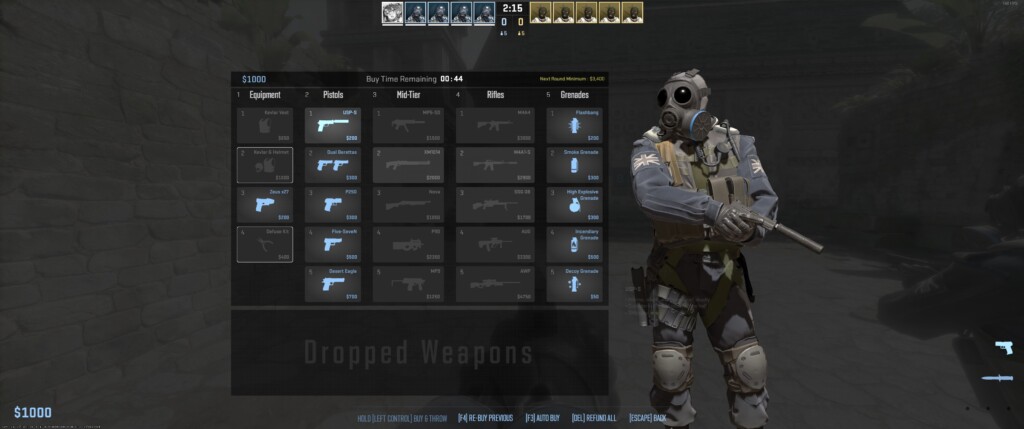
One thing I’ve had to learn the hard way is that the economy isn’t just about me. It’s about the team. If I’ve got $8000 in the bank but my teammates are broke, it’s better for me to drop a rifle for them than to buy an AWP for myself.
This helps keep the team’s firepower balanced and makes it more likely that we win the round. Before every buy, I always check my team’s economy.
If we’re not synced up—where half the team is full buying and the other half is ecoing—we’ll end up in trouble in the following rounds. It’s always better to communicate and coordinate buys, making sure everyone is on the same page.
Also Check: CS2 Queue Times
4. Advanced CS2 Economy Tactics
The next level of mastering the CS2 economy comes with keeping track of the enemy’s economy. When I know the opposing team is low on cash, I adjust my strategy.
If they’re on an eco round, it’s a great time to farm kills with an SMG or shotgun, which gives me more money per kill. But if I expect they’re going to full buy next round, I make sure to buy rifles and utility to match their firepower.
Another advanced tactic I’ve picked up is adjusting my purchases based on the enemy’s buys. For example, if I’m on CT-side and know the Ts are full buying, I might skip the helmet and save the $350 because an AK will one-shot me regardless.
5. Timing and Utility
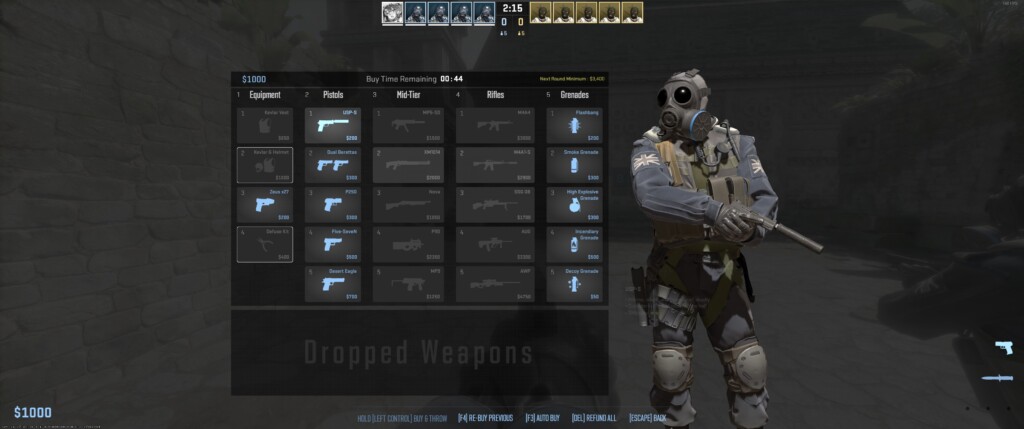
The little things can make a big difference in CS2. Timing your buys and knowing when to save your money is a huge part of playing efficiently.
For instance, if I’m not sure where to throw a grenade, I might skip buying it altogether and save that cash for the next round. Every dollar counts, and over-buying unnecessary utility can hurt you in future rounds.
Similarly, don’t always feel the need to buy armor if the enemy team is low on cash and likely using pistols. A helmet won’t make much difference when you’re up against eco buys.
Also Check: When Does CS2 Rank Reset?
Final Thoughts
Getting good at managing your economy is one of the key skills that separates decent players from great players. The CS2 economy is your path to winning more games—once you master it, you’ll see the difference in your performance.
Frequently Asked Questions
Teams earn money for winning or losing rounds, with bonuses like bomb plants or defusals adding extra cash. The goal is to manage your resources wisely to afford weapons, armor, and utility across rounds, balancing when to save (eco rounds) or go all-in (full buy rounds).
The maximum loss bonus in CS2 is $3,400. After consecutive round losses, this bonus increases by $500 per round, starting at $1,400 for the first loss and capping at $3,400 after several losses.
Winning a round gives teams $3,250. If the Terrorists win by a bomb explosion or Counter-Terrorists win by defusal, they receive $3,500. Teams losing rounds start with $1,400, which increases with each consecutive loss.
Money is awarded for round wins, kills, bomb plants, defusals, and losses. The amount varies depending on the weapon used for kills and whether the round was won or lost. Players must manage this economy to optimize their purchases and stay competitive throughout the match.


